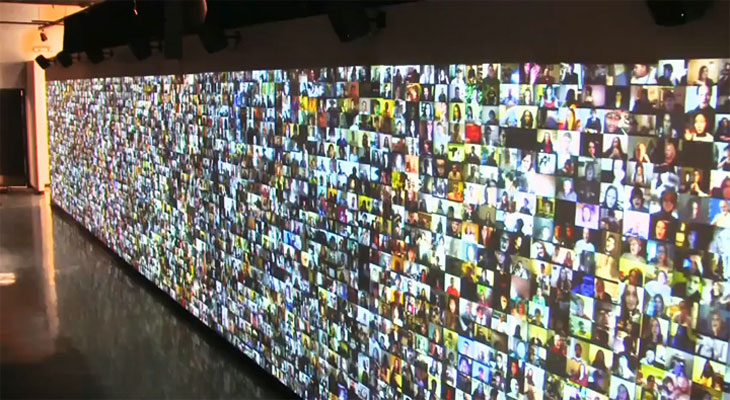Art is a form of expression or reaction to contemporary themes, hence that is why there are groups of artists who creates Art as a form of commentary about the changes in society.
The book ‘Digital currents: Art in the Electronic age’ is a compilation of the changes society and the art world has taken during the Digital age. The first chapter capture the revolutionary change in the art world brought about by the camera. This chapter compares the past forms art before the birth of photography. Art then had revolved around the ways of seeing, ‘how does one recreate what is 3D on a 2D or another 3D surface?’. The creation of the camera shortens that process, flattening reality into the span of a 2D image, a photograph. The birth of this new technology presents a more accurate image of reality, hence the book comments ‘after today, painting is dead’. In terms of skill, the artist replication of reality could never beat the accuracy of the camera.
However when one door closes, artists turn to find new ways to make use of this new form of image making, while other artist make use of old mediums like painting to create new forms of expressions.
The book also talks about new forms of visual art, other then simply using photography of illustrating a beautiful composition, there is the rise of photo collage to create a surreal juxtaposition of images.
Art is a commentary, and with the huge and rapid change brought to society during the digital age, there was many issues to criticise or be enthralled by. Artist like Andy Warhol had criticised the creation of the mass production, how unfeeling and typical it was becoming. He made use of stencils and silk screen to replicate exactly the image created by a machine. In this sense, we see that the art world has become more contemplative, more concept driven, a bystander to societies change, to draw attention to issues. Their role in art making has been elevated to that of an intellect rather then a simple skilled craftsman.
The digital age also brought about new technologies, hence new ways to create art. What is art? One would wonder. This book highlights the creation of new mediums beyond traditional mediums like paint, stone and clay. In fact, they talk about cameras for photography and film, they talk about projections on screens and installations to interact with. The digital age reminds us that anything can be art so long as it has the purpose to communicate ideas.
In conclusion, the digital age was a big game changer in the art world as it changed the view of what art could be in terms of aesthetic, form and purpose.
Book: Lovejoy, Margot. Digital Currents: Art in the Electronic Age. New York, NY: Routledge, 2004



